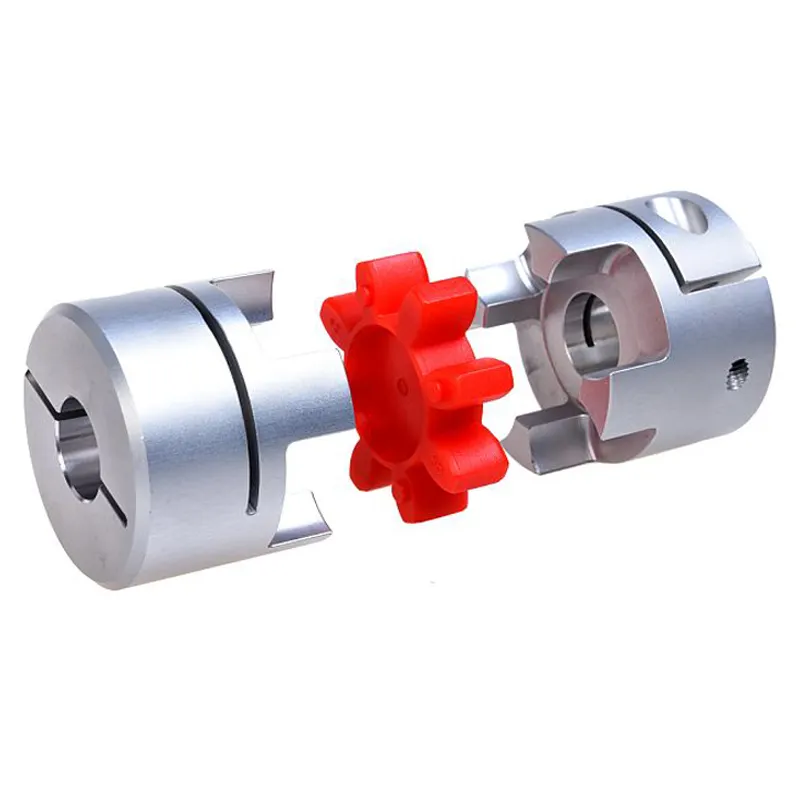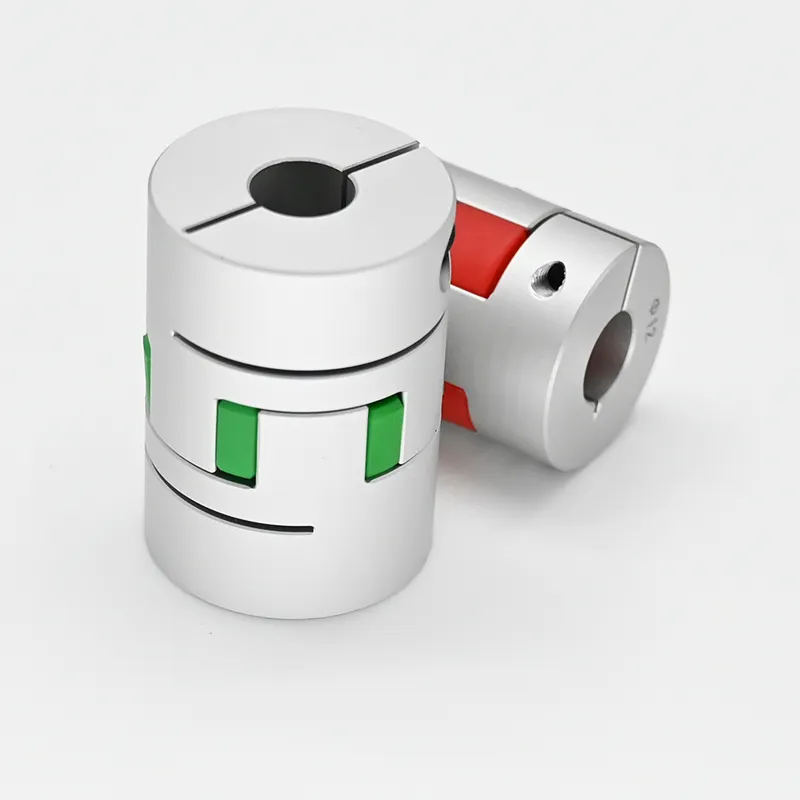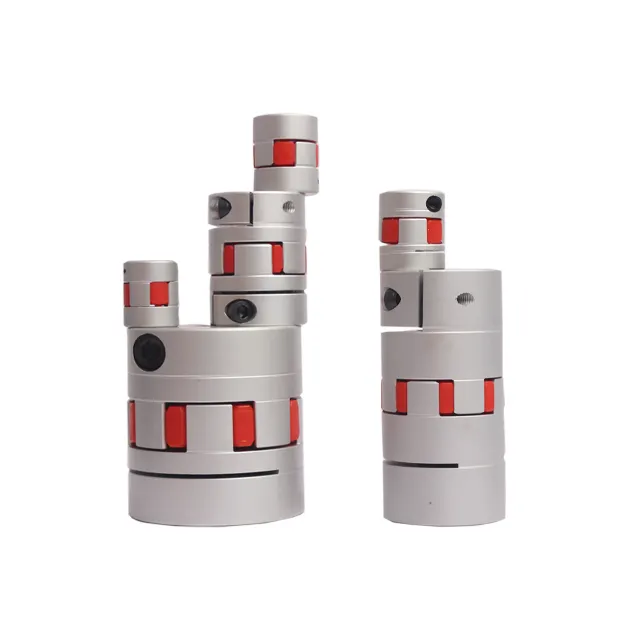Product Description
Car Industry
LTR is an expert in manufacturing all kinds of components for the automotive and motorcycle industry. We are IATF16949:2016 certified in order to fully satisfy the requirements of this industry.
Our production includes O rings, gaskets, seals, grommets, bellows, shock absorbers, dampers, cushions, sleeves, isolators, couplings, bushings, boots, covers, bumpers, pipes, hoses, tubes and many other pieces which are mainly manufactured in ACM, AEM, BR, CR, ECO, EPDM, FKM, FVMQ, HNBR, NBR, NR, SBR, SIR to meet the physical properties specified by ASTM D2000 and SAE J200 documents.
Products above are only examples to show Shun Tai Rubber's core competences. All our rubber components are customised and made to order only. No standard product or catalogue is available.
Technical data
| Compound: Colour: | ||||||||||||||||||
| Base Polymer: Specification: | ||||||||||||||||||
| MAIN SPECIFICATION |
MEASURE UNITS |
REQUIRED VALUE | TESTED VALUE | TEST METHOD | ||||||||||||||
| HARDNESS | Sh-A | 70+/-5 | 69 | ASTM D2240 | ||||||||||||||
| SPECIFIC GRAVITY | g/mm^3 | \ | 1.176 | |||||||||||||||
| TENSILE STRENGTH |
Mpa | \ | 8.62 | ASTM D412 | ||||||||||||||
| ELONGATION | % | \ | 628.11 | ASTM D412 | ||||||||||||||
| Tear Strength | kg/cm | \ | 27.38 | ASTM D624 | ||||||||||||||
| SPECIFICATION CHANGE | ||||||||||||||||||
| TEST MEANS |
TIME h |
TEMP ºC |
HARDNESS | TENSILE STRENGTH |
ELONG.AT BREAK |
VOLUME | WEIGHT | |||||||||||
| required test | required test | |||||||||||||||||
| △ SHORE A | % | % | △% | △% | ||||||||||||||
Products above are only examples to show Shui Tai Rubber's core competences. All our rubber components are customized and made to order only.No standard product or catalogue is available.
Company Profile
We are a specialized rubber parts manufacturer with over 30 years of manufacturing experience. Our company mainly produces rubber parts for medical appliances, household appliances, electronic products, automobiles and toys.
Covering an area of 3500 square meters, we own over 200 staff and workers and our monthly production output reaches 30 tons.We have always stuck to the quality policy that customer is No.1 and quality comes first with scientific management, continuous improvement and sustained operation.
We insist in providing our clients with perfect products and best services. The products we produced can work in different areas and climates according to your specific requirements. We believe with stable and sincere cooperation and continuous improvement, our customers will enjoy the best service as stable supply, quality assurance and on-time delivery.
Products & Application
Production Flow Chart
Manufacturing Capabilities&Quality Control
FAQ
Q: Are you trading company or manufacturer ?
A: We are manufacturer.
Q: How long is your delivery time?
A: Generally 3-7 days for standard sealing products; and 15-30 days for big order and custom non-standard products.
Q: Do you provide free samples?
A: Yes, we offer free sample while customer need pay for the freight charge.
Q: Which Payment way is workable?
A: Irrevocable L/C, Cash, PayPal, Credit card and T/T money transfers.
B: 30% T/T deposit in advance, 70% balance before shipment after presentation of ready cargo.
C: L/C ( Irrevocable LC at sight: Order amount over USD100,000)
Q: What is your standard packing?
A: All the goods will be packed by carton box and loaded with pallets. Special packing method can be accepted when needed.
Q: How to select the raw compound for my application?
A: With years of experience working with a variety of material, we can help select the material that will best suit your needs while keeping material costs in mind.
Q: Do you use any international standards for the rubber products?
A: Yes, we mainly use ASTM D2000 standard to define the quality of the rubber materials, tolerances as per ISO3302, ISO2768, etc.
Q: Can you supply different color materials?
A: Yes, we can produce custom CHINAMFG and silicone rubber products in different colors, the color code will be required in case of an order.
Q: What materials are available to produce from your side?
A: NBR, EPDM, SILICONE, (FKM), NEOPRENE(CR), NR, IIR, SBR, ACM, AEM, Fluorosilicone(FVMQ), FFKM, Liquid Silicone, Sponge, etc.
/* January 22, 2571 19:08:37 */!function(){function s(e,r){var a,o={};try{e&&e.split(",").forEach(function(e,t){e&&(a=e.match(/(.*?):(.*)$/))&&1

Usage of Jaw Couplings for Motor-to-Shaft and Shaft-to-Shaft Connections
Jaw couplings are versatile components that can be used for both motor-to-shaft and shaft-to-shaft connections in mechanical power transmission systems. Their design and features make them suitable for various applications:
- Motor-to-Shaft Connection: When connecting a motor to a driven shaft, jaw couplings are commonly used to transmit torque from the motor to the driven equipment. The motor's shaft is inserted into one side of the jaw coupling, and the driven shaft is inserted into the other side. The elastomeric spider element in the coupling provides a flexible connection that accommodates misalignment and dampens vibrations, ensuring smooth power transmission from the motor to the driven shaft.
- Shaft-to-Shaft Connection: In cases where two shafts need to be connected directly, without a motor or other driving element, jaw couplings can be used for shaft-to-shaft connections. Both shafts are inserted into the respective sides of the jaw coupling, and the elastomeric spider element bridges the gap between them. This enables torque transfer between the two shafts while compensating for any misalignment that may exist.
Whether used for motor-to-shaft or shaft-to-shaft connections, jaw couplings offer the same advantages, including misalignment compensation, vibration dampening, and backlash-free operation (depending on the design). These features make them suitable for various applications across different industries, where reliable and efficient power transmission is essential.

Can jaw couplings be used in pumps, compressors, and fans?
Yes, jaw couplings can be used in pumps, compressors, and fans, and they are commonly employed in these types of rotating equipment. Jaw couplings offer several advantages that make them well-suited for these applications:
- Misalignment Compensation: Pumps, compressors, and fans often experience misalignment between the motor and driven equipment due to various factors such as installation errors, thermal expansion, or shaft deflection. Jaw couplings can handle both angular and parallel misalignment, ensuring smooth power transmission and reducing the risk of premature wear on the equipment's bearings.
- Vibration Damping: Pumps, compressors, and fans can generate significant vibrations during operation. The elastomer spider in the jaw coupling acts as a damping element, absorbing and dissipating vibrations. This feature helps to reduce noise, extend the life of the equipment, and enhance overall system reliability.
- Torsional Flexibility: Jaw couplings provide torsional flexibility, which is beneficial in applications where the motor and driven equipment experience varying loads or torque spikes. The elastomer spider allows for slight torsional deflection, protecting the equipment from sudden shock loads and torque fluctuations.
- Compact and Lightweight: Pumps, compressors, and fans often have space constraints, and jaw couplings are compact and lightweight compared to some other coupling types. Their reduced inertia makes them suitable for applications with frequent start-stop cycles and high-speed operation.
Jaw couplings are available in various sizes and materials, allowing for customization based on the specific requirements of the pump, compressor, or fan application. The proper selection of a jaw coupling ensures optimal performance and efficiency in these rotating equipment systems.
However, it is essential to consider the specific operating conditions and torque requirements of each application when choosing a jaw coupling. For certain heavy-duty or high-precision applications, alternative coupling types such as gear couplings or disc couplings might be more suitable. It is always advisable to consult coupling manufacturers or engineering experts to select the most appropriate coupling for a given application.

Maintenance Requirements for Jaw Couplings
Jaw couplings are relatively low-maintenance components, but regular inspections and preventive measures can help ensure their optimal performance and longevity. Here are the maintenance requirements for jaw couplings:
- Visual Inspections: Regularly inspect the jaw coupling for signs of wear, damage, or misalignment. Look for cracks, chips, or deformation in the elastomeric spider, hubs, and other components.
- Lubrication: Some jaw couplings require periodic lubrication of the elastomeric spider to prevent dry rot and ensure flexibility. Refer to the manufacturer's guidelines for the appropriate lubrication schedule and type.
- Tighten Fasteners: Check and tighten all fasteners, including set screws, regularly to prevent coupling slippage and maintain a secure connection between the shafts and hubs.
- Alignment: Ensure that the shafts connected by the jaw coupling are properly aligned. Excessive misalignment can lead to premature wear and failure of the elastomeric spider.
- Replace Worn Parts: If any component of the jaw coupling shows signs of wear beyond acceptable limits, promptly replace it to avoid further damage and potential system failure.
- Operating Conditions: Monitor the operating conditions of the machinery to prevent overheating or overloading, which can affect the performance and life of the coupling.
Following these maintenance practices can extend the life of the jaw coupling, reduce the risk of unexpected failures, and contribute to the overall reliability of the mechanical system.


editor by CX 2024-05-13
